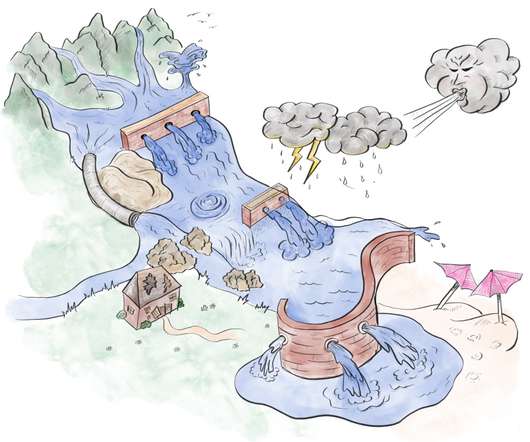Demand Planning. When The Answer To Two Simple Questions Is Not So Simple.
Supply Chain Shaman
JANUARY 2, 2023
A large consumer products manufacturer with nine Enterprise Resource Planning (ERP) instances and several divisions wanted to discuss forecasting. The question was, “How can I redefine demand planning processes to use channel data?” ” The next call was with a technology provider.
























































Let's personalize your content